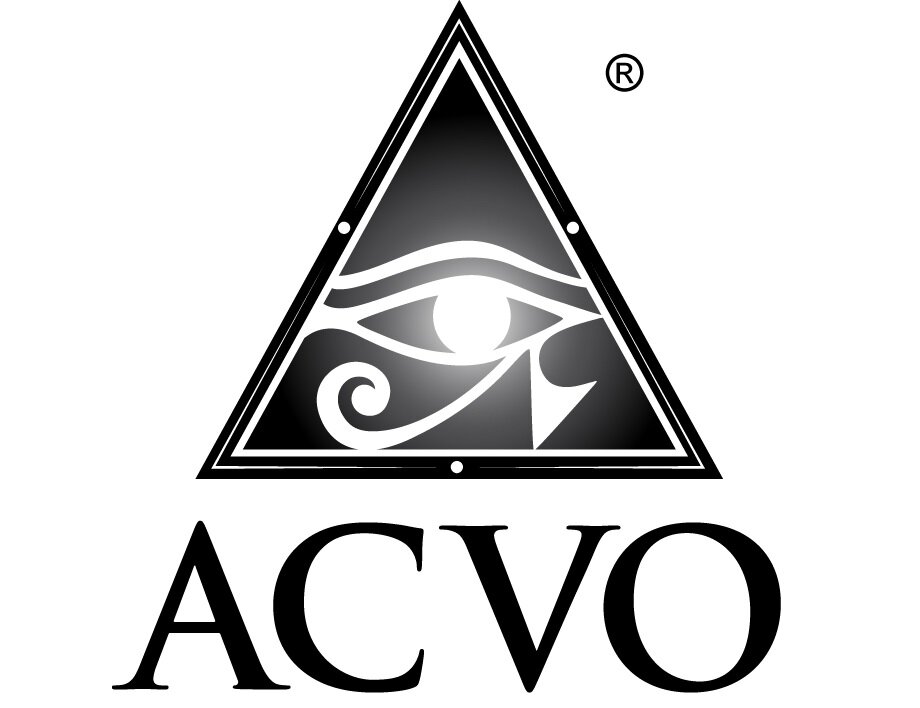Vision in Pets
Vision in Dogs
Dr. Jeffrey Bowersox, DVM, DACVO
Very frequently I get asked by clients if their pets can see colors or if they need corrective lenses as well as other questions about vision.
Vision in general is complex and involves many environmental and anatomic factors. Dog’s eyes function quite similarly to our human eyes but they have differences due to their anatomy that make their vision slightly different in some aspects. These differences help them adapt to their environments and different working and survival situations.
Question: Do dogs only see in black and white?
Answer: This is a common misconception. The retina is the neurologic structure in the back of the eye that processes light to start to make an image. The retina consists of many layers but vision is initiated by cells called photoreceptors. Cone photoreceptors specifically are the cells in the retina responsible for color vision. Humans with normal vision have three types of cones that recognize light wavelengths consistent with the three primary colors. This is termed trichromatic vision. In dogs there are two types of cones that recognize light wavelengths both in the blue-violet range and greenish-yellow range. Dogs are considered to exhibit dichromatic vision. The current understanding is that dogs can see blues and yellows the best and that they can distinguish reds from blues but that they have difficulty distinguishing reds from green. These features of color distinction are similar to what a human sees who has red-green color-blindness.
Question: Does my dog need glasses?
Answer: Since they cannot read eye charts and respond, animals’ eyesight cannot be measured using standard human vision tests. However, it is possible for a veterinary ophthalmologist to measure nearsightedness and farsightedness using a series of lenses and a device called a retinoscope. This is the same technology that is utilized to measure nonverbal human’s vision and to measure vision in small children. In most cases it has been found that dogs are neither near-sighted nor far-sighted but one study did show that that certain breeds (German Shepard, Rottweiler and Miniature Schnauzer) are more predisposed to near myopia or near-sightedness.
Question: What lines/letters can my dog read on an eye chart?
Answer: Visual acuity refers to the ability to see details of and object separately and unblurred. In human medicine, this ability is quantified by the Snellen fraction, which relates the ability of a subject to distinguish between letters or numbers at a fixed distance. For instance, a Snellen fraction of 20/20, means that the test subject needs to be 20 feet away from an image to discern the details that the average person with normal vision could also resolve from 20 feet. A Snellen fraction of 20/40 means that the test subject needs to be 20 feet away from and image to discern the details that the average person with normal vision could resolve form 40 feet. The literature suggests that behavioral testing and studies in dogs give us estimates that the Snellen fraction in dogs in in the range of 20/75.
Question: Is it true that my dog can see better in the dark than I can?
Answer: Dog have adaptations for improved vision in poor lighting conditions. It is the rod photoreceptors of the retina that are necessary for vision in dim light. In dogs, the central 25% of the retina consists predominantly of rods. For comparison, this region consists predominantly of cones (for color vision and vision in bright light) in humans. Also, most dogs have a reflective structure called a tapetum in the top half of the back of the eye immediately below the retina. This structure is what gives these animals their "eye shine" (reflectivity) in the dark. After light passes through the retina, it is reflected from the tapetum back onto the retina so that there is a second opportunity for the retinal photoreceptors to be stimulated. Also because of these higher rod photoreceptor counts, dogs are more sensitive at detecting moving objects than stationary ones.
Question: Does my dog have a large “blindspot?” Can my dog see in 3D?
Answer: Because most dogs' eyes are more laterally placed (wider apart on the face) than are the eyes of humans, they have a resultant wider field of view. This provides for a greater ability to scan the environment and to pick up sudden movements. Dogs do not have an abnormally large “blind spot” and they can see depth of field (3D). The more frontal placement of humans' eyes allows for better binocular vision than found in dogs. In dogs, both the field of view and the degree of binocular vision vary by breed because of breed differences in position of the eyes. Additionally, depth perception in dogs can be impaired by the nose, which also varies by breed. Depth perception is best where the visual fields of the two eyes overlap, when both eyes have normal vision. In dogs, visual field overlap is estimated to be 30-60 degrees compared to 140 degrees in humans. In dogs, the nose affects depth perception and therefore depth perception should be best when the dog looks straight.

